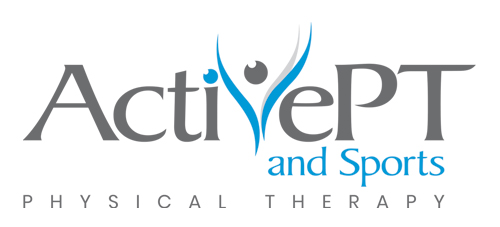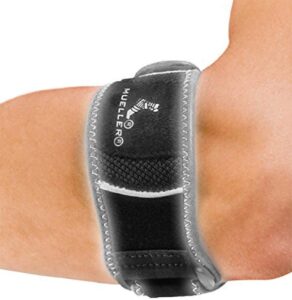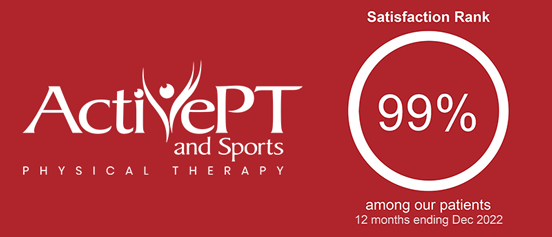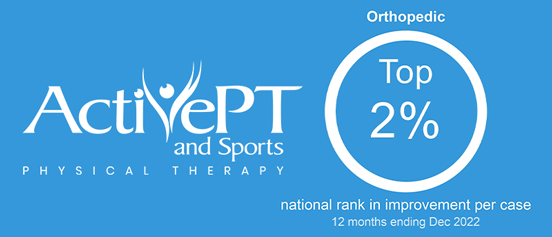Elbow pain in weight lifters is a surprisingly common and incredibly frustrating phenomenon. Commonly called golfers elbow or tennis elbow, this type of tendinitis also affects weight lifters. Whether you enjoy Olympic lifting, CrossFit, or a simple home gym routine, learning how to prevent elbow pain can keep you on the road to your future personal record.
WHY DO WEIGHTLIFTERS GET ELBOW PAIN?
Elbow pain in weight lifting is most often a result of overuse or tendonitis. Medically, we call this medial or lateral epicondylitis. In lay terms, it’s often referred to as “tennis elbow” or “golfer’s elbow.” Much like other sports, this type of elbow pain usually starts as a result of loading your tendons beyond what they can handle. This excessive load can come in many forms: increased training volume, reduced rest/recovery, or simply changing your grip.
First, let’s consider your training volume. Increases should always be planned out and gradual. You may feel invincible some days at the gym, but stick to your plan!
Second, rest periods are key for tissue recovery. Your body’s soft tissue recovers during rest, which ultimately makes you stronger. Ensure you are allowing enough recovery time between training days for each muscle group. Larger muscles need longer recovery, so be sure to take a minimum of 1-2 days off. However, when training heavy, longer rest periods will be needed to achieve your heaviest lifts.
Last, slowly introduce changes to your routine, like lift types and grip. If you are new to gymnastics or introducing a hook grip to your lifting routine, start out by sprinkling it in one day per week until your hands, forearms, and elbows all become a custom to the grip before increasing frequency.
CAN I CONTINUE TO LIFT WITH ELBOW PAIN?
Like any sport, no one wants to rest when they’re injured. In fact, most lifters won’t even consider elbow pain an injury. However, this annoying pain will get worse if left untreated. The great news is that you don’t have to quit lifting completely. You should, however, treat your elbow pain with some respect.
The first key is to recognize this type of pain early. Tendonitis usually presents itself as pain near the bony prominence of either side of your elbow. It is often tender to the touch and generally increases when you pinch or grip objects. During the first three weeks, this is truly an inflammatory problem, meaning it should respond well to things that help reduce inflammation. So, icing often (just until your skin is slightly numb) can help the issue.
The second key of lifting with elbow pain is to reduce the stress on the tendons while they recover. We recommend reducing the stress on these tendons by using two types of devices. First, lifting straps wrap around the bar or dumbbell and allow you to still lift, but with less grip force produced, thus less strain on the tendon. Second, a tendon off-loading strap would be worn around the forearm muscles when lifting. These assistive devices will often allow you to lift while resting the aggravated part of the tendon.
The last key to lifting with elbow pain is eccentric strengthening. After approximately three weeks, tendinitis has been shown to no longer be a true tendinitis (inflammation problem). The tendon starts to change, and a different treatment regimen is important. At this point, anti-inflammatory treatments will no longer help. Instead, start a program of eccentric strengthening (see our swipe videos) or heavy slow resistance program for long-term improvement. Eccentric strengthening involves performing regular or reverse wrist, depending on which side of your elbow is affected. During this type of curl, you lower the weight slowly over five seconds. Performing three sets of 20 reps once daily with enough weight to fatigue the tendon has been shown in studies to help resolve tendinitis over time.
HOW CAN I PREVENT ELBOW PAIN WHEN LIFTING
The ideal way to prevent elbow pain is to have your tendons trained for the upcoming load. First, gradually work on improving your grip strength. You can practice pinching and gripping kettlebells or plates for a strength training routine. As we covered above, eccentric strengthening exercises for your wrist and forearm muscles are key to fixing this type of tendinitis, but can also be helpful to help prevent as well. Heavy, slow resistance strengthening can also help train your elbow tendons to withstand a greater load. Perform wrist curls and reverse curls with a weight that provides a rate of perceived exertion of about 8 out of 10. Slowly curl for 3 seconds and lower for 3 seconds. Repeat until tired and perform three sets.
Another key muscle group to properly train is your posterior shoulder muscles and mid-back. When these “pulling” muscles are weak, we tend to overuse our forearm and hand muscles. Ensure your strength routine does not neglect your posterior deltoid and lower trapezius muscles. Rows that pull your shoulder blades together and downward activate the lower trapezius. Our Learn To LIft Program can help you identify issues with your form and teach you the proper way to balance your strength routine. If you are a seasoned lifter, then our Lifting Performance Packages may help you take your PRs to the next level.
Last, break up a heavy group routine. One option to give your grip a break is to alternate grips. Another option is to break up hang cleans or snatches with singles. In other words, set the bar down each lift rather than hanging onto the bar between lifts. Your gripping muscles that attach to your elbow will appreciate the intermittent break.
WHEN TO SEEK HELP
Elbow pain can be very frustrating for weightlifters. Sometimes it’s best to consult with an expert. Seek help if your elbow pain has lasted longer than 2 weeks, if you can’t lift without modifying your route, are having trouble with your daily tasks, or are unable to work because of your elbow pain. If you experience numbness or tingling, we recommend having your elbow examined right away to help determine the root cause. Check out more information on our Lifting Injury Treatment page or visit with one of our experts. We make getting expert advice easy. Get your questions answered by one of our lifting specialists with a free 15-minute screening appointment.





